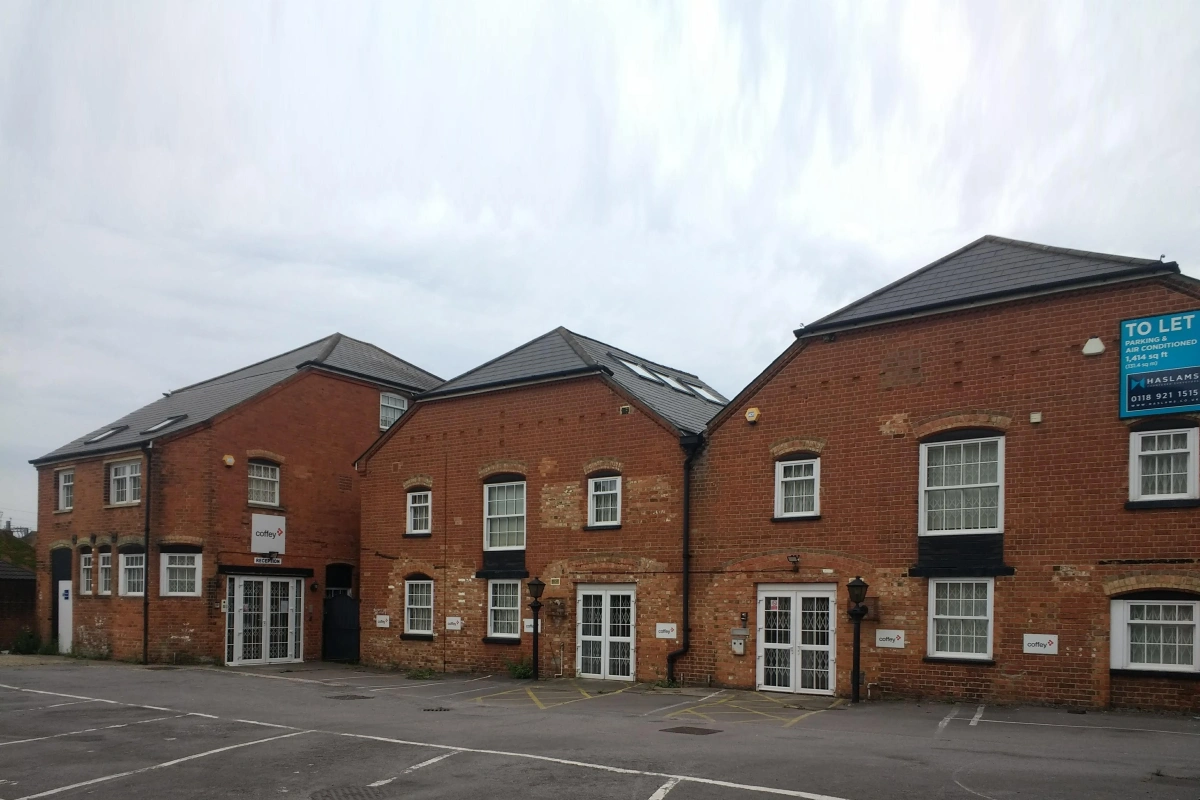(Part 2 of a 2-part series)
Buildings don’t need to be grand to matter. Sometimes, significance is quieter—found in materials, memories, and industrial traces. That’s exactly the case at 71–73 Caversham Road in Reading, where a cluster of late 19th-century former maltings tells a layered story of malting, motors, and local identity.
Originally built between 1871 and 1877 for maltster H.P. Dowson, these buildings are some of the earliest industrial structures on Caversham Road north of the railway. They mark the early wave of commercial expansion in this part of Reading, preceding much of the housing and road network that followed.
From malt to motors: Layers of local significance
What began as a maltings supplying H & G Simonds brewery soon evolved. After malting ceased in the early 1900s, the buildings became home to a straw and hay merchant, a toy factory, a motor engineering firm, and eventually Drews—the well-known Reading ironmonger, which occupied the site from 1978 to 2018.
Each occupant left their mark, but what endures is the robust red brickwork, distinctive roofline, and decorative window arches—features that remain visible even after internal alterations. These shared and differing architectural elements connect the site to both its industrial function and its varied later uses.
Dowson himself was a figure of civic standing: an active Liberal, a supporter of George Palmer, and a magistrate. His role in Reading’s civic and economic life adds a further layer of historical interest to the site.
Why local listing matters
While not listed nationally, the site is locally listed recognising it as a non-designated heritage asset of significant value. Local listing helps ensure the building’s character is considered in planning decisions, even if it’s not statutorily protected.
The site meets several criteria: historic industrial importance, townscape value, and architectural merit. It contributes meaningfully to Reading’s urban fabric and stands as a rare surviving remnant of a once-thriving malting industry.
This isn’t about freezing buildings in time. It’s about understanding what’s meaningful and ensuring that future change respects that meaning.
📍 If you’re planning work on an older building—whether listed or not—don’t wait until late in the design. Early heritage advice often reveals more value than first meets the eye.


No Responses